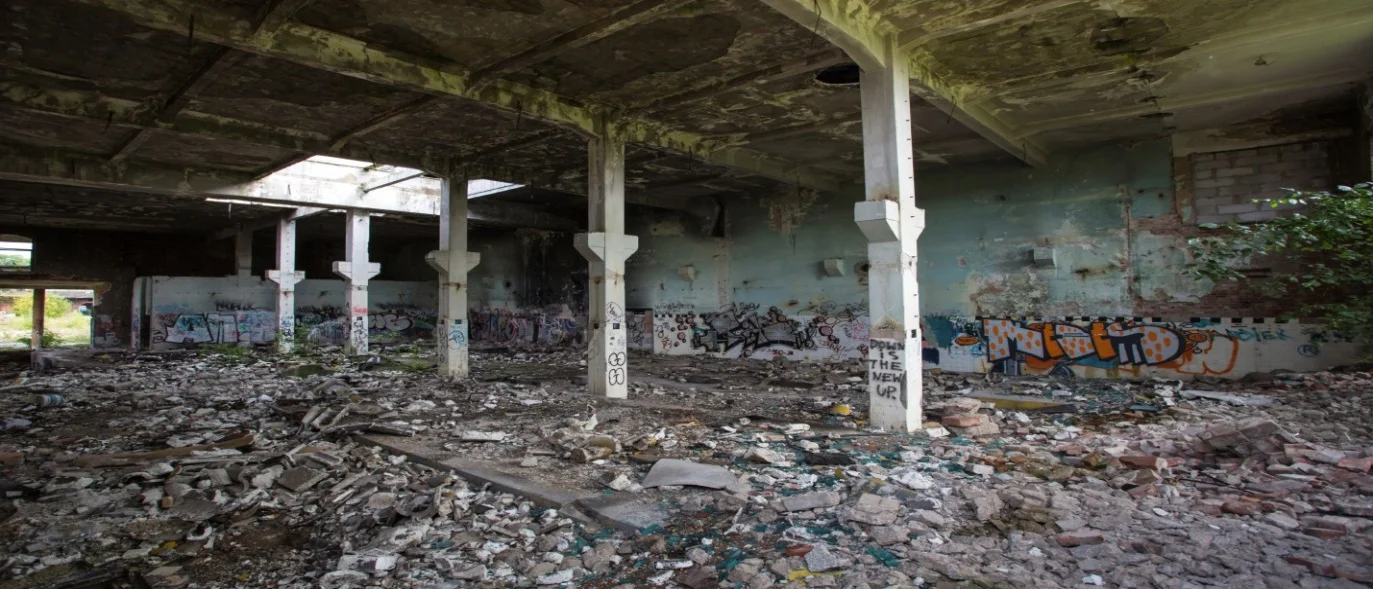WASTEWATER AND STORMWATER
Wastewater regulation affects small industrial shops discharging to the local sanitary sewer, as well as larger industrial facilities which may discharge to the sewer or directly to a local stream. There are also regulations covering local publicly owned sewage treatment works (POTW) including the treatment of both sewage and industrial user wastewater. Pursuant to the federal Clean Water Act and state regulations and enforcement programs, direct dischargers and POTWs obtain permits from the state agencies, which require compliance with effluent discharge concentration limits via biological, mechanical, and chemical treatment. POTWs issue “pretreatment” permits to industrial users to assure that targeted pollutants neither interfere with POTW treatment nor “pass through” with insufficient treatment.
Effluent limits are a combination of EPA national technology- based requirements applicable to specific industrial processes, and water quality based limits intended to allow maintenance of state ambient water quality standards.
As technology and water quality needs evolve, effluent limits often become more stringent, resulting in the need for significant capital expenditures by industrial facilities (as well as POTWs) to meet effluent limits at the time of permit renewal. POTWs receiving effluent limit revisions often revise pretreatment standards in order to distribute the increased public capital costs. Negotiation of revised permit limits, and administrative appeal where necessary, are important components of the legal work required for both public and private permitees, along with defense of enforcement actions which may seek both penalties and commitments for upgraded wastewater treatment facilities.
Stormwater regulations for industrial facilities generally address site management practices that minimize stormwater contact with process materials. At construction sites, stormwater regulations and permits impose detailed requirements for“best management practices” (BMPs) to minimize erosion and sedimentation (E&S) during construction as well as during post-construction property use. These regulations aim to protect streams from particulates and pollutants which can harm the ecosystem of such waters. Owners, construction contractors and construction counsel can benefit from Environmental Counsel tasked to manage the inevitable E&S Plan infractions. Environmental counsel also provides oversight of the process of completing installation of the required post construction storm water management plan in accordance with the storm water permit and overall construction deadline expectations.
Construction impact on wetland areas adjacent to surface waters is also part of the scope of water protection regulation and permitting. In many instances, the need to build in or near surface streams, tributaries, flood plains, or adjacent high water table areas triggers requirements to obtain a permit from the U.S. Army Corps of Engineers as well as detailed review from the state environmental agency. Delay in obtaining necessary permits can materially impact project construction schedules, as can Army Corps or state agency enforcement actions.
Representation of industrial users in response to POTW or EPA enforcement actions alleging violation of effluent limits or limits on wastewater volume;
Appeal of renewed POTW permit imposing unreasonable effluent limits based on TMDL study and stream contaminant dispersion model. Worked out settlement allowing revised limits and deferred compliance schedule.
Representation of contract operator of POTW in response to EPA compliance order requiring significant capital investment to limit combined sewer overflows (CSO) of raw sewage;
Defense of large property owner in federal citizen suit against owner and contractors alleging property damage and violation of construction stormwater permit; Negotiation of consent decree including post- construction stormwater management plan;
Representation of homeowners in claims against developer for non-compliant stormwater control facility;
Representation of industrial facility in resolving threatened citizen suit for alleged stormwater permit violations;










